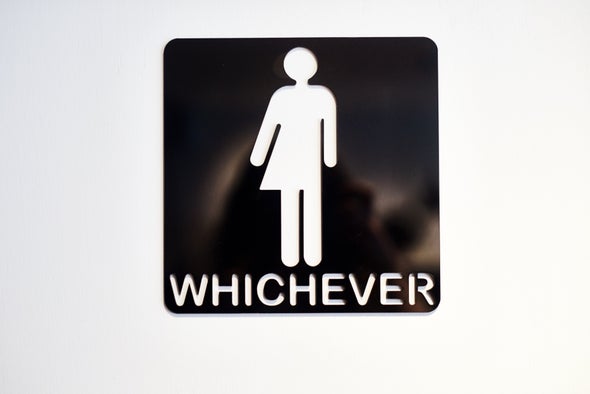Name: Psychology of ED’s 1001
Course Description: This course will bring in-depth knowledge to the psychological and neurobiological factors that are associated with Eating Disorders. We will study in-depth, the variance of all eight eating disorders along with their subgroups. The scientific process behind disordered eating habits will be looked at along with how that can be curbed before it begins. Students will garner a higher level of understanding of eating disorder triggers, and methodologies to treat and or prevent ED’s within their workforce.
Course Goals:
- Students will be able to identify the signs and symptoms of anorexia, bulimia, and binge- eating disorder along with proper diagnosis criteria
- Students will formulate treatment plans on a case to case basis.
- Students will understand how trauma, the environment, and culture lead to the development of eating disorders and body image issues.
- Students will apply family systems concepts when identifying effective treatment strategies for eating disorders
- Students will gain insight into the personal experiences of those with eating disorders and learn how to form a healthy conversation surrounding food
Required Assignments
- Discussion Board: 1 weekly assignment responding to reading or film along with comments to peers.
- Vocabulary Exam #1- Basic terminology
- Day in the Life- A detailed respectful interview-based account of a person’s day with an eating disorder.
- Vocabulary Exam #2
- Reflection Paper – 3 page summary on what you learned from this course and how it will reflect in your future and in your work field.
Course Readings/Films
- Restricted: A Novel Of Half-Truths By Jennifer Kinsel
- How to Disappear Completely: On Modern Anorexia by Kelsey Osgood
- Give Food A Chance: A New View on Childhood Eating Disorders.
- FEED
Grading Criteria
Exams: 15%
Discussion Board: 30%
Paper: 20%
Interview: 20%
Participation: 15%







